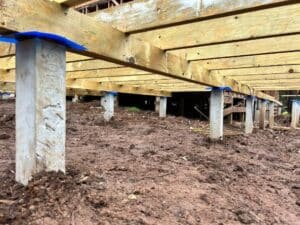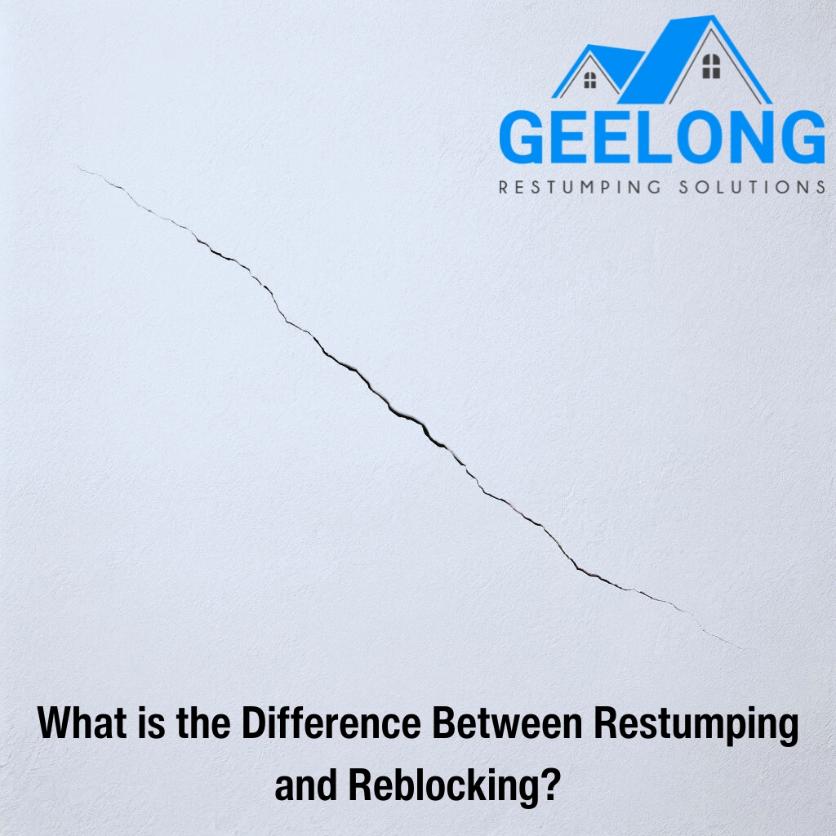There’s no difference between restumping and reblocking. These two methods involve updating the old stumps under a house to maintain its stability and safety.
If you wish to get this type of solution done at home, your best bet is to contact a professional Geelong restumping company. These experts can help ensure your home stays in top shape for many years.
In this blog, we’ll discuss the common questions asked with regard to restumping.
What is the Difference Between Restumping and Underpinning?
The difference between restumping and underpinning is that restumping involves replacing stumps while underpinning strengthens the existing foundation. Restumping, also known as reblocking, is typically used in older homes where original timber or concrete stumps have worn out. The process replaces the old, deteriorated stumps with new, more durable ones to ensure the house remains stable.
Conversely, underpinning is used when the soil beneath a home has shifted or weakened, causing the foundation to become unstable. It strengthens the foundation by adding new materials like concrete to support the existing structure.
When exploring house restumping techniques, it’s essential to assess the current condition of your stumps to determine the extent of the work required. Both methods are designed to keep your home safe and secure for the long term.

How Do I Know If I Need Restumping or Underpinning?
You will know if you need restumping or underpinning when you spot some clear signs around your home. Look out for uneven floors, which might indicate failing stumps or a shifting foundation.
Cracks in the interior or exterior walls could also suggest structural integrity issues. Another common sign is doors and windows that stick or won’t close properly. For underpinning, in particular, regardless of the types of footings you should monitor the condition of the footings and see how well they hold up against soil changes.
If these signs are present, it might be time to consult a professional to assess whether restumping or underpinning is needed to maintain your home’s safety and stability.
Is Restumping a House Worth It?
Yes, restumping a house is worth it because it ensures your home stays safe and stable for years to come. This process replaces old or damaged stumps supporting your home’s structure, preventing future issues like cracked walls or uneven floors. Replacing the stumps boosts the structural integrity of your house and can potentially increase its value.
Additionally, restumping can help avoid more expensive repairs later. If you notice signs of foundation problems, addressing them promptly through restumping can save you significant hassle and money in the long run.
How Does Restumping Increase House Value?
Restumping increases house value by making your home more stable and secure. Replacing old, worn-out stumps is a big step towards preventing future structural problems. This makes your home more appealing to potential buyers, reassuring them that they won’t face immediate repairs.
A solid foundation also lowers the risk of damage to other parts of your home, which is a significant advantage when selling. Addressing foundational issues enhances your property’s longevity and safety, making it a smarter investment for anyone.

